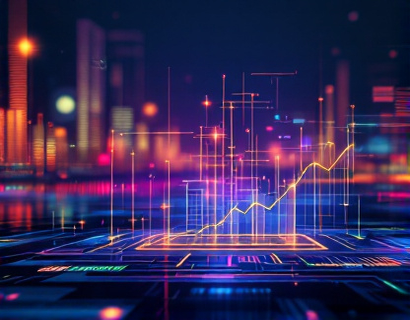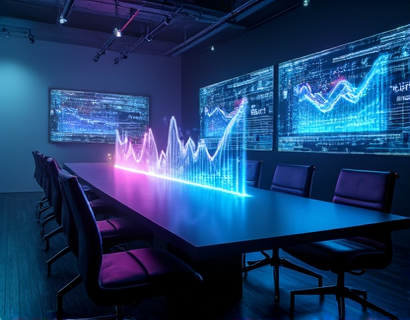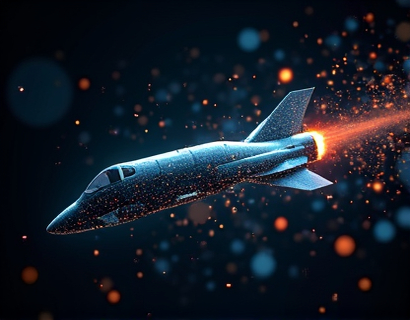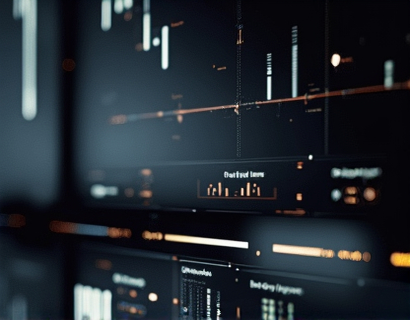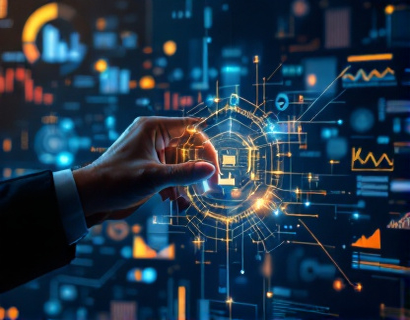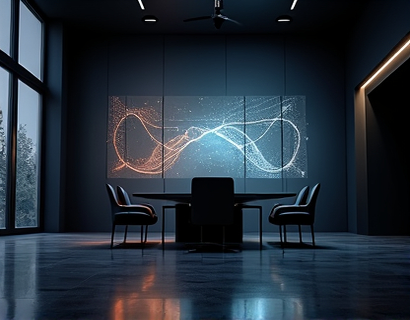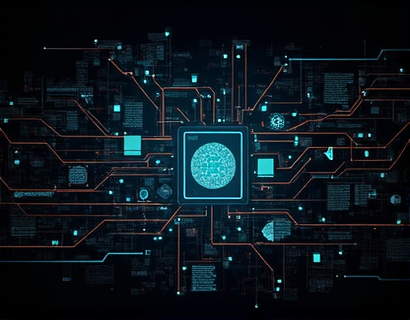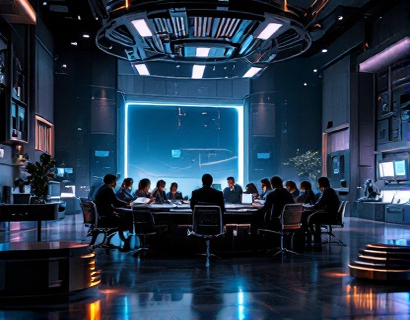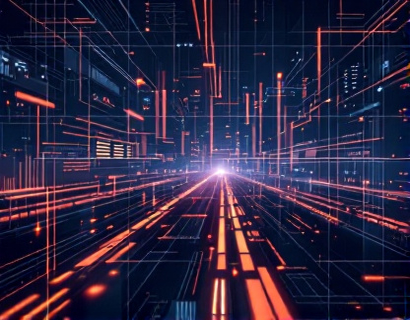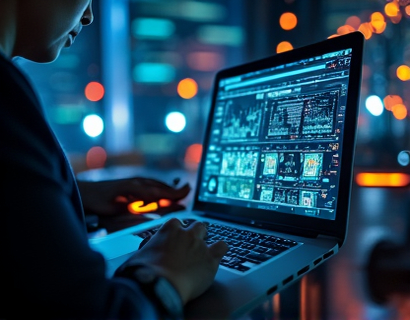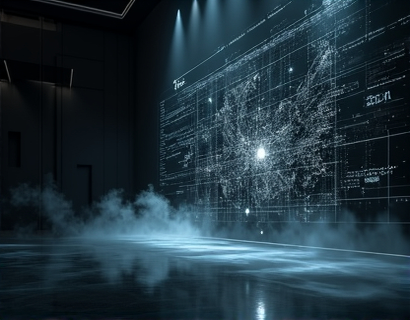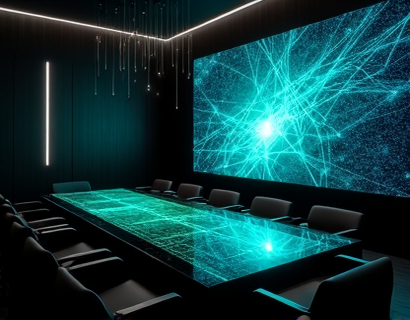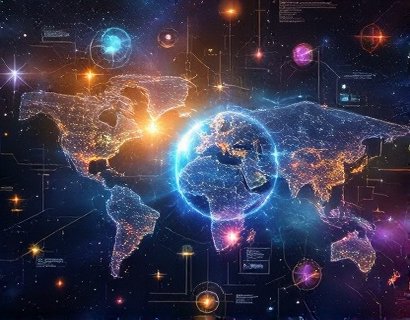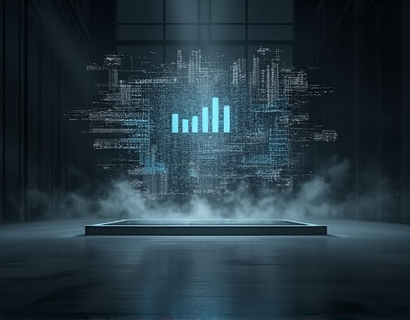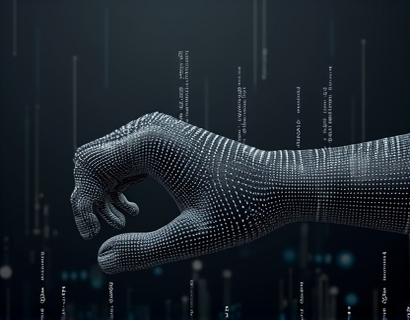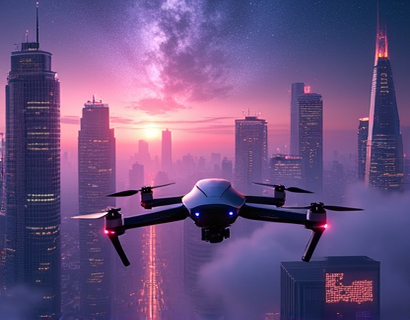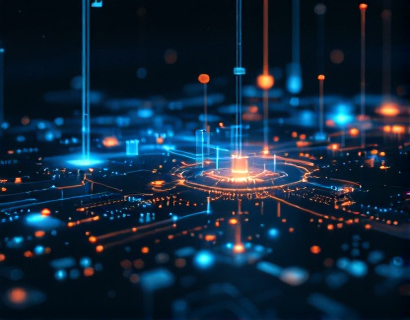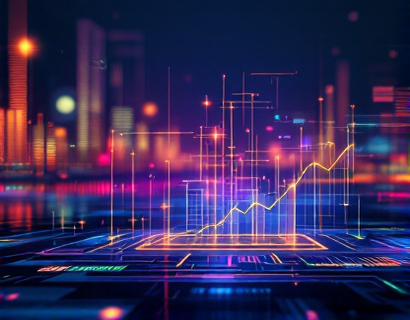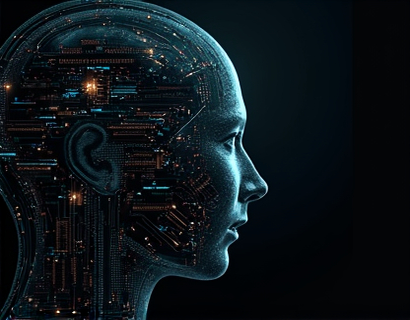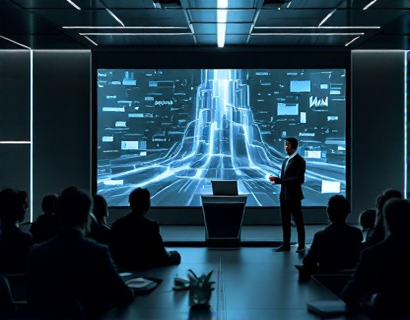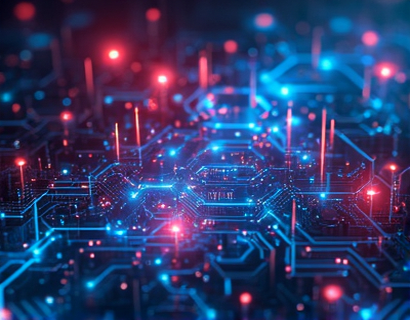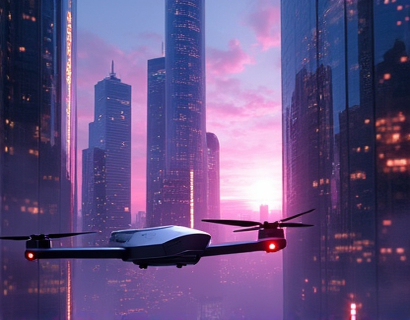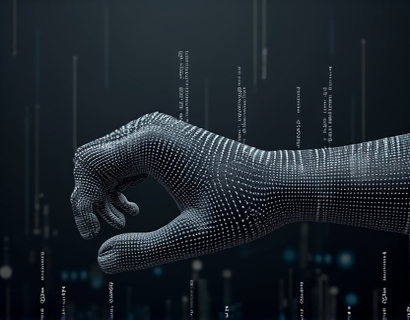AI-Driven Insights: A Verified and Child-Friendly Guide to Space Industry Knowledge and Services
The exploration of space has captivated human imagination for centuries, evolving from mere fantasy to a burgeoning industry with vast potential. As this field advances, the need for accessible, accurate, and educational content becomes paramount, especially for students, educators, parents, space enthusiasts, and tech-savvy individuals. This AI-driven platform offers a unique solution by providing in-depth insights into the space industry, ensuring a secure and educational experience tailored for safe exploration and learning.
The space industry encompasses a wide range of services and knowledge areas, from spacecraft design and satellite technology to space law and astrobiology. With the rapid growth of private space companies and ongoing missions to the Moon and Mars, there is an increasing demand for reliable information that can cater to diverse audiences. This platform addresses this need by leveraging advanced AI technologies to deliver content that is both verified for accuracy and child-friendly, making complex concepts understandable and engaging for young minds.
Understanding the Space Industry
The space industry is a multidisciplinary field that integrates engineering, physics, computer science, and materials science. It involves the development and operation of spacecraft, satellites, and other technologies used for exploration, communication, and scientific research. One of the key areas within the space industry is spacecraft design and manufacturing. This involves creating vehicles capable of withstanding the harsh conditions of space, including extreme temperatures, radiation, and vacuum environments.
Spacecraft design requires a deep understanding of aerodynamics, propulsion systems, and life support systems for manned missions. Engineers and scientists work together to develop innovative solutions that ensure the safety and efficiency of space missions. For instance, the use of lightweight yet strong materials like carbon composites and advanced alloys helps reduce the weight of spacecraft, making them more fuel-efficient. Additionally, the integration of autonomous systems and AI algorithms enhances the capabilities of spacecraft, allowing for more precise navigation and data collection.
Satellite Technology and Applications
Satellites play a crucial role in the space industry, serving various purposes such as communication, navigation, weather monitoring, and Earth observation. The development of satellites has evolved significantly over the years, from large, expensive platforms to smaller, more affordable cubesats. These smaller satellites have opened up new opportunities for research and commercial applications, making space technology more accessible to a broader range of users.
Communication satellites are vital for global connectivity, enabling services like television broadcasting, internet access, and mobile communications. Navigation satellites, such as those in the GPS system, provide precise location and timing information, essential for transportation, agriculture, and military operations. Weather satellites monitor atmospheric conditions, helping meteorologists predict weather patterns and natural disasters. Earth observation satellites capture detailed images and data about the planet, supporting environmental monitoring, urban planning, and resource management.
Space Law and Governance
As the space industry grows, the need for a robust legal framework to govern space activities becomes increasingly important. Space law addresses issues such as the peaceful use of outer space, the prevention of space debris, and the rights and responsibilities of nations and private entities in space. The Outer Space Treaty, signed in 1967, is the foundational treaty that outlines principles for the exploration and use of outer space, including the prohibition of nuclear weapons and the freedom of scientific investigation.
Other key agreements include the Liability Convention, which establishes the responsibility of launching states for damage caused by their space objects, and the Registration Convention, which requires states to register their space objects with the United Nations. These legal frameworks help ensure that space activities are conducted responsibly and sustainably, promoting international cooperation and preventing conflicts.
Astrobiology and the Search for Life
Astrobiology, the study of life in the universe, is a fascinating area within the space industry. It combines disciplines such as biology, chemistry, geology, and astronomy to explore the origins, evolution, distribution, and future of life. The search for extraterrestrial life is driven by the question of whether life exists beyond Earth and what forms it might take.
Missions to Mars, Europa, and Enceladus are particularly significant in the search for life. Mars, with its ancient riverbeds and potential subsurface water, is a prime target for finding evidence of past or present microbial life. The European Space Agency's Jupiter Icy Moons Explorer (JUICE) mission and NASA's Europa Clipper mission aim to study the moons of Jupiter, which harbor subsurface oceans that could potentially support life. These missions use advanced instruments to analyze the chemical composition of these moons and search for biosignatures.
Educational Resources and Learning Opportunities
For students and educators, accessing reliable and engaging content about the space industry is essential for fostering a deeper understanding and interest in STEM fields. This AI-driven platform offers a variety of educational resources designed to cater to different learning levels and interests. From interactive simulations and virtual tours of space facilities to detailed articles and videos, the content is carefully curated to ensure accuracy and educational value.
For younger audiences, the platform provides child-friendly versions of complex topics, using simple language and engaging visuals. Interactive quizzes and games help reinforce learning and make the experience enjoyable. Educators can access lesson plans and teaching materials that align with curriculum standards, making it easier to integrate space industry knowledge into their classrooms.
AI Chat Interface for Specialized Information
To enhance the user experience, this platform features an AI chat interface that allows users to interact and receive specialized information about space industry services and topics. This chat interface, designed to be user-friendly and accessible, can answer a wide range of questions, from basic concepts to advanced technical details. Users can ask about spacecraft design, satellite technology, space law, and more, receiving clear and concise responses.
The AI chat interface is also capable of providing personalized recommendations based on the user's interests and previous interactions. For example, a student curious about robotics in space missions might receive suggestions for related articles, videos, and educational resources. This personalized approach ensures that users can explore topics that interest them the most, fostering a deeper engagement with the subject matter.
Ensuring Content Verification and Safety
Accuracy and safety are paramount in providing educational content, especially for young learners. This platform employs rigorous content verification processes to ensure that all information is accurate, up-to-date, and sourced from reputable institutions and experts in the field. This includes regular reviews by subject matter experts and adherence to educational standards.
For children and students, the platform offers a child-friendly version of its content, filtered to remove any inappropriate or complex information. This version uses age-appropriate language and includes visual aids to help explain intricate concepts. Parents and educators can rest assured that the content is safe and suitable for young audiences, promoting a secure and positive learning environment.
Conclusion
The space industry represents a frontier of endless possibilities, and with the right resources, anyone can explore and learn about this fascinating field. This AI-driven platform serves as a valuable tool for students, educators, parents, space enthusiasts, and tech-savvy individuals, providing verified and child-friendly content that enhances understanding and appreciation of space industry knowledge and services. By leveraging advanced AI technologies, we can ensure that the exploration of space continues to inspire and educate future generations.




